What are smart home AI features? They are the intelligent, adaptive technologies that transform homes into responsive ecosystems, leveraging artificial intelligence to enhance convenience, security, and efficiency. In 2025, smart home AI features are redefining living spaces, from voice-activated controls to predictive automation that anticipates your needs.
Contents
What Are Smart Home AI Features?

Smart home AI features refer to the advanced capabilities powered by artificial intelligence integrated into smart home devices and systems. These features enable homes to learn, adapt, and respond to residents’ preferences, routines, and environments, creating a personalized and efficient living experience.
Unlike basic smart devices that rely on manual inputs or pre-set schedules, smart home AI features use machine learning, natural language processing, and data analysis to make real-time decisions, such as adjusting lighting based on mood or detecting security threats.
The essence of smart home AI features lies in their ability to process vast amounts of data—gathered from sensors, user interactions, or external sources like weather forecasts—to deliver tailored solutions. For instance, an AI-powered thermostat might learn your daily schedule and optimize heating, while a smart camera uses facial recognition to distinguish between family and strangers.
These features are accessible through platforms like Amazon Alexa, Google Home, or proprietary apps, making them user-friendly for all. By 2025, the global smart home market is projected to exceed $200 billion, driven by the growing adoption of smart home AI features that blend innovation with practicality.
AI-Powered Voice Assistants
One of the most prominent smart home AI features is the AI-powered voice assistant, which serves as the central interface for controlling smart devices. Assistants like Amazon’s Alexa, Google Assistant, and Apple’s Siri use natural language processing to understand and execute voice commands, such as “Turn off the kitchen lights” or “Play my morning playlist.” In 2025, these assistants have evolved to handle complex, context-aware interactions, like responding to “I’m cold” by adjusting the thermostat and activating a heated blanket.
These assistants learn user preferences over time, refining their responses to match individual speech patterns or habits. For example, if you frequently request coffee brewing at 7 AM, the assistant might proactively suggest starting the machine. This adaptability makes AI-powered voice assistants a cornerstone of smart home AI features, enabling hands-free control and fostering a conversational home environment.
Predictive Automation and Learning
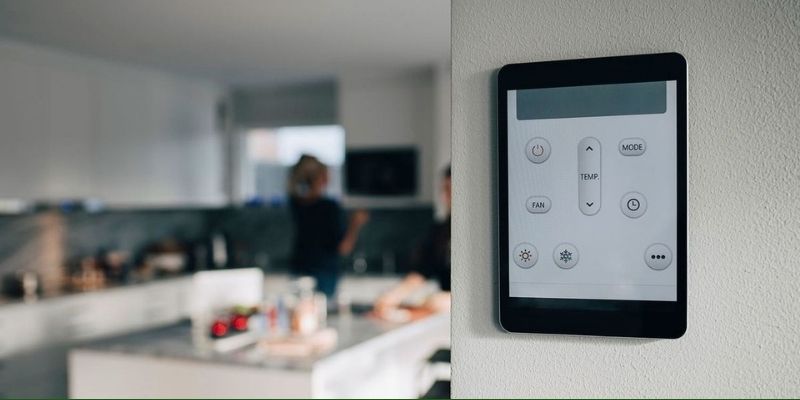
Predictive automation is a standout among smart home AI features, allowing homes to anticipate needs without explicit commands. Using machine learning, devices analyze historical data—such as when you typically arrive home or your preferred room temperatures—to create automated routines. For instance, a smart home might unlock the door, turn on hallway lights, and start the air conditioner five minutes before you return, based on your phone’s GPS and past behavior.
This feature extends to energy management, where AI predicts peak usage times and shifts tasks like laundry to off-peak hours, reducing costs. Predictive automation also adapts to seasonal changes, such as adjusting window shades to block summer heat. By learning and refining these patterns, smart home AI features deliver effortless convenience, making homes feel intuitive and responsive.
AI-Enhanced Security Systems
Security is a critical domain for smart home AI features, with AI-enhanced systems offering unmatched protection. Smart cameras and doorbells, like those from Ring or Arlo, use computer vision to detect motion, recognize faces, and differentiate between routine activity (e.g., a delivery) and potential threats (e.g., an unfamiliar person lingering). In 2025, these systems integrate with AI to analyze behavioral patterns, flagging anomalies like an open gate at midnight.
AI also powers real-time alerts, sending notifications with video clips to your phone or even contacting authorities if a break-in is detected. Voice-activated security controls allow you to arm systems or check feeds hands-free. By combining proactive monitoring with intelligent analysis, smart home AI features in security provide peace of mind, ensuring homes are safe without constant user oversight.
Intelligent Climate and Air Quality Control
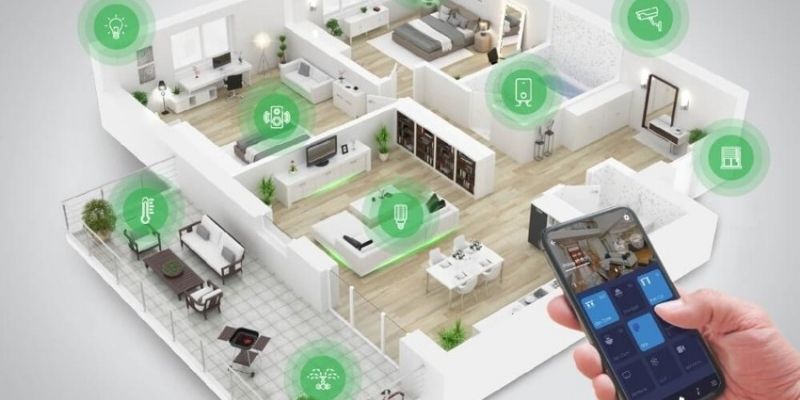
Smart home AI features shine in climate and air quality management, creating healthier and more comfortable environments. AI-powered thermostats, such as Ecobee or Nest, learn your schedule and preferences, adjusting temperatures to optimize comfort and efficiency. For example, the system might lower the AC when you’re away but warm the house before your return, using geofencing data from your smartphone.
Beyond temperature, AI-driven air purifiers and humidifiers monitor indoor air quality, detecting pollutants like dust or VOCs and adjusting settings in real time. Some systems sync with outdoor air quality indexes, closing windows or activating filtration during high-pollution days. These smart home AI features ensure homes remain sanctuaries of clean air and ideal climate, tailored to individual health needs, such as reducing allergens for asthma sufferers.
Smart Lighting with AI
Smart lighting, enhanced by AI, is a transformative aspect of smart home AI features, offering both functionality and ambiance. Systems like Philips Hue or LIFX use AI to adjust brightness, color, and timing based on context. For instance, lights might mimic natural daylight to support your circadian rhythm, transitioning from cool morning tones to warm evening hues. If you’re watching a movie, the AI can dim lights and sync colors with the screen for an immersive experience.
AI also enables predictive lighting adjustments, such as brightening a hallway when motion is detected at night or turning off forgotten lights to save energy. Voice or app controls make customization intuitive, while learning algorithms refine settings based on usage patterns. These smart home AI features elevate lighting from a utility to a dynamic element of home design, enhancing mood and efficiency.
AI in Smart Appliances and Kitchens
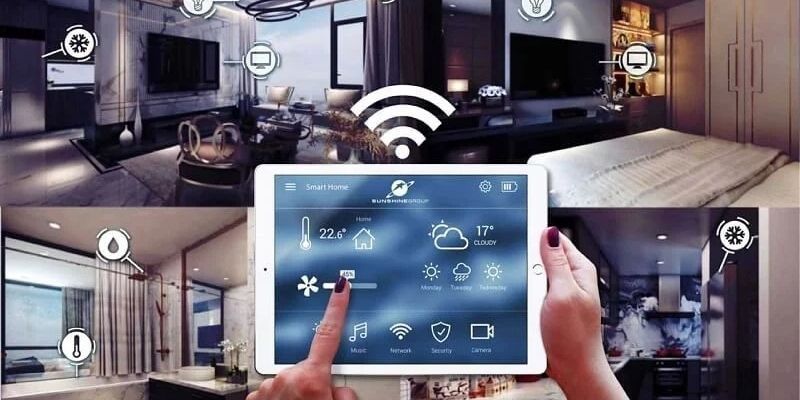
In 2025, smart home AI features revolutionize kitchens through intelligent appliances. Smart refrigerators, like those from Samsung, use AI to track inventory, alerting you when milk is low or suggesting recipes based on available ingredients. AI-powered ovens adjust cooking times and temperatures for perfect results, while voice-activated coffee makers start brewing on command.
Kitchens also benefit from AI-driven waste management, with smart composters analyzing food scraps to optimize decomposition. These appliances communicate via a central hub, allowing you to monitor and control them remotely. By streamlining tasks and reducing waste, smart home AI features in kitchens make cooking and household management more efficient and sustainable, aligning with modern lifestyles.
Seamless Integration and Centralized Control
The true power of smart home AI features lies in their seamless integration and centralized control. AI hubs, such as SmartThings or Home Assistant, unify devices across protocols like Zigbee, Z-Wave, or Matter, ensuring compatibility. This allows you to manage lights, security, and appliances through a single app or voice assistant, creating a cohesive ecosystem.
AI enhances integration by enabling cross-device automation. For example, when a smart doorbell detects a visitor, the AI might unlock the door, turn on porch lights, and display the camera feed on a smart TV. Centralized control also supports scalability, letting you add devices without disrupting the system. This interconnectedness makes smart home AI features intuitive and user-friendly, ensuring technology serves the user, not the other way around.
By learning user preferences and optimizing environments, smart home AI features create living spaces that feel alive and intuitive. To Home Gadget Digest, as these features continue to evolve, they promise a future where homes are not just places to live but partners in enhancing our daily lives, redefining comfort and convenience in 2025 and beyond.




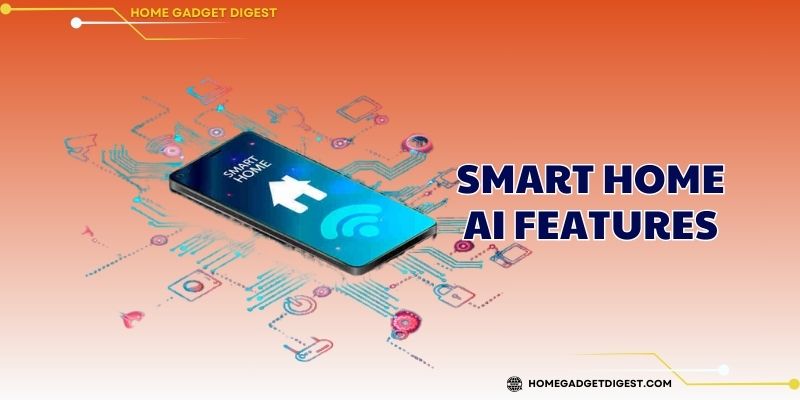

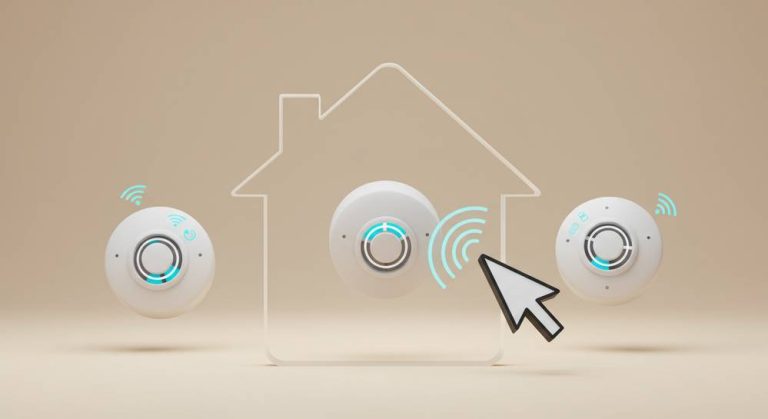
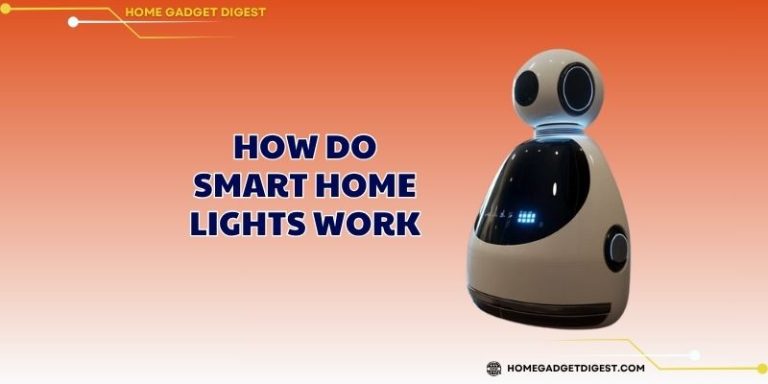


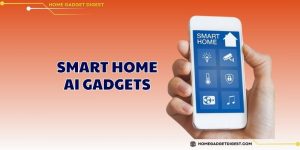
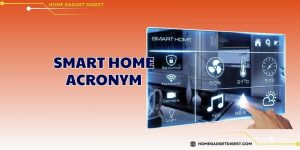

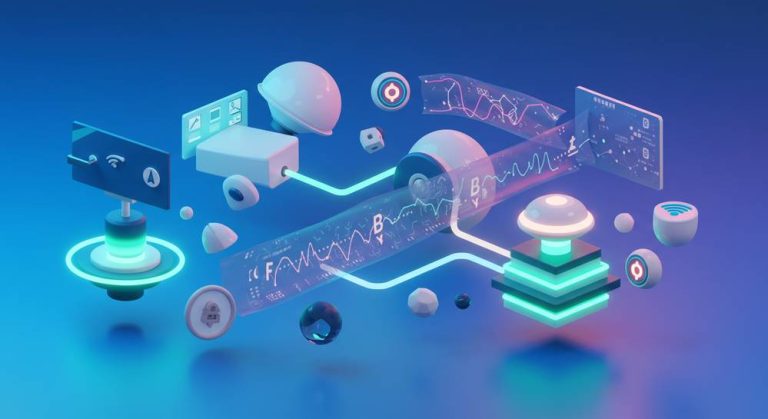
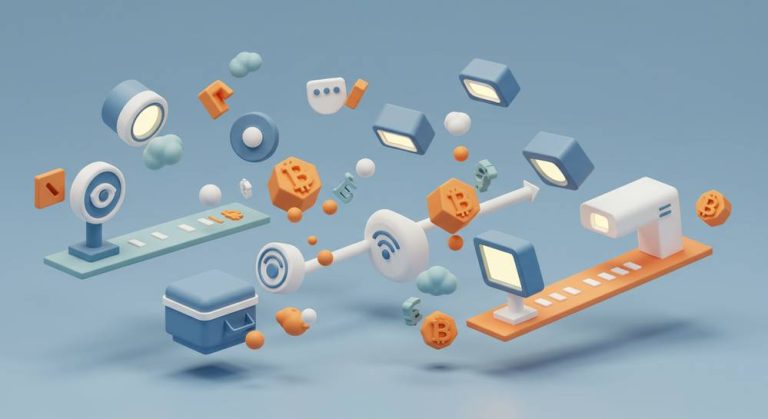

+ There are no comments
Add yours